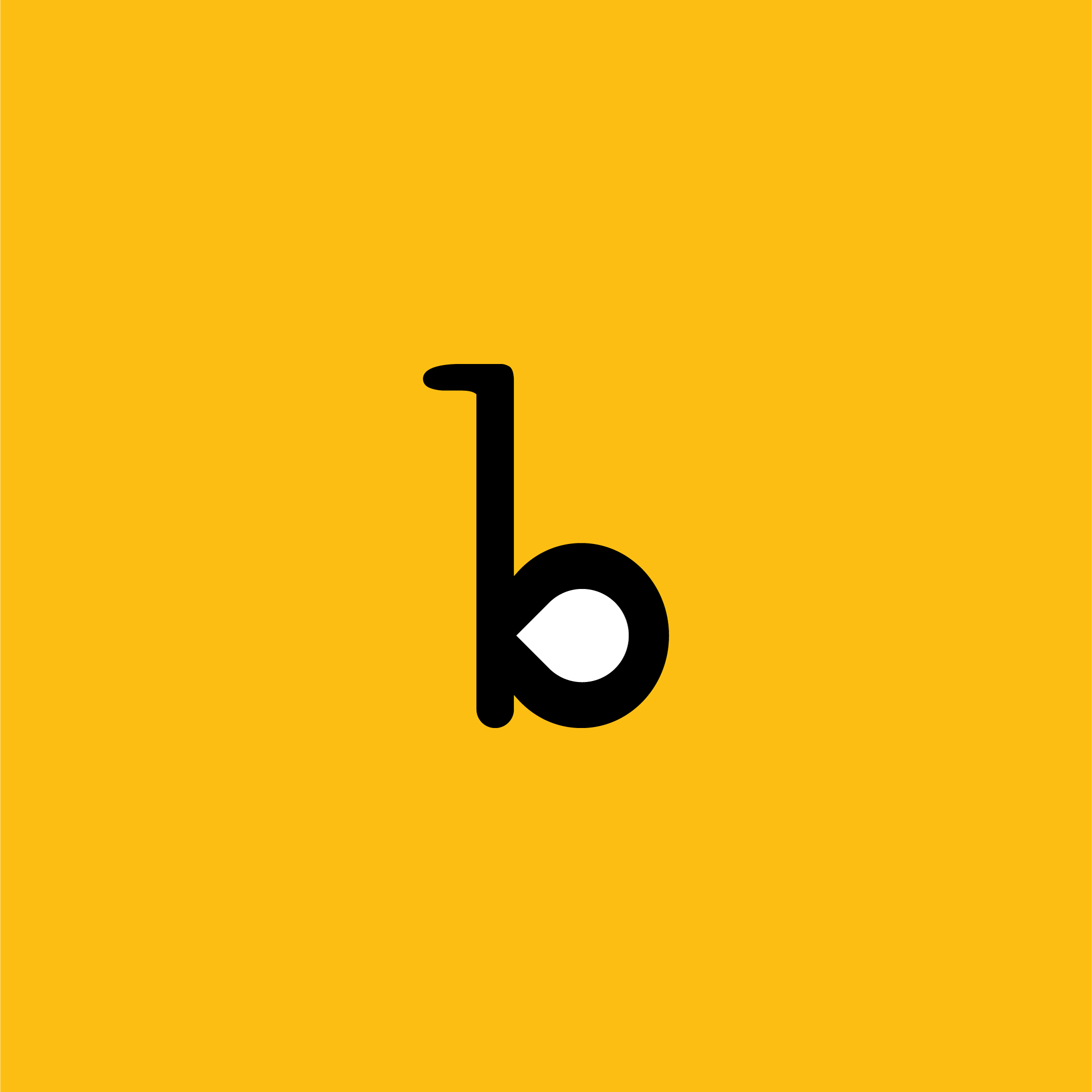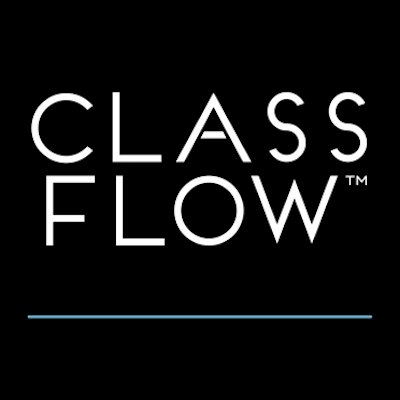If there's one thing you're sure to do as a teacher, it's create lessons and distribute them to students. Whether you'd like to pull from libraries of existing content, add to lessons or slides you already have, or start from scratch, there are tons of tools for you to choose from.
We've looked at over a dozen tools for delivering lessons to determine which ones work best for you and your students' needs. Each of the tools below includes a content library, learning activities, a way to track student progress and provide feedback, conduct assessments, integrations with classroom management systems, and more. Below you'll find our top choices and our reasons for selecting them.
Please note: Common Sense Education is a nonprofit with a strong commitment to an unbiased, in-depth editorial process. Our ratings and reviews of learning media aren't influenced by developers or funders, and we never receive payments or other compensation for our reviews.
Our selections


Best overall

The robust design and accessibility features make creating dynamic presentations a breeze.

Buncee is our top choice because of the refined accessibility features and extensive list of learning activities. Though the free plan has limited features, Buncee has an intuitive interface and boasts a multilingual screen reader, OpenDyslexic font, and grouping options for differentiation. It has embedded recordings, panoramic images, and even virtual field trips. Overall, there's a wider range of features and premade templates to choose from than the other tools, and you can likely find the features you need more quickly.


Best free option

With some creativity, this interactive platform can support instruction and assessment.

If you're looking for a free interactive slide creation tool with robust learning activities, device-based quizzing, and student progress tracking, ClassFlow stands out from the crowd. Once you sign up with student and teacher accounts, you can adapt premade lessons from the marketplace or pull in content directly from your own resources (on Google Drive, Microsoft OneDrive, and Dropbox). There are tons of activity types and assessment options, like multiple choice, true/false, short text, creative responses, and good progress monitoring. The main drawback here is that there aren't many accessibility features, and the tool is geared for fourth grade and up.
Other recommendations
Best interactive platform

The teacher- or student-paced learning can improve 1-to-1 environments and the learning activities are top notch.

Nearpod has the most impressive and varied options for student activities of any tool on this list. Students are able to draw on a map or diagram, post a note or image to a collaboration board, and participate in a gamified "Time to Climb" challenge. Notably, there's a robust free version and an extensive library of free (and paid) standards-aligned offerings. In terms of accessibility, it integrates with Microsoft's Immersive Reader, which provides text-to-speech, read-aloud, audio, and translations.
Editor’s Note: Common Sense Education's K–12 Digital Citizenship Curriculum is available on Nearpod; however, this partnership does not impact this review.
Best tool for Google Workspace users

It’s an appealing platform that can improve formative assessment, particularly for teachers using Google Classroom.

If you're already using Google Classroom as your learning management system, or have existing Google slides, Pear Deck is a natural choice. It's mostly an add-on extension tool, and it has smooth integrations with popular tools like Merriam-Webster, Newsela, and Gimkit. It also stands out because of its wide range of learning activities where students can review and respond to daily news articles, create flash cards with drawings, play games, and practice responsible digital citizenship. The basic plan is very limited, so teachers will need the premium features, which come in at a reasonable price in comparison with competitors.
Best for differentiation

It's great for creating customized and differentiated lessons, but it might not be accessible for every student.

LessonUp made this list primarily because of its extra differentiation features. There's a feature that lets teachers color-code slides to offer extra practice or create custom paths. Lessons can be assigned to specific students instead of the whole class. Teachers can also mark slides as "extra practice" to instruct students to take the path they need. There's a free basic subscription, but you'll need a Teacher Pro license if you want access to any classroom management features and more than 10 presentations per month.
Compare the tools
|
|
|
|
|
||
|---|---|---|---|---|---|
| Grades | 2–12 | 4–12 | K–12 | 3–12 | K–12 |
| Price | Free to try | Free | Free, Paid | Free, Paid | Free to try |
| Privacy | |||||
| Platforms | Web, Chrome | Web, Chrome | Chrome, Windows, Mac, Web | Web, Mac, Windows, Linux, Chrome | Web |
| Pros | You can add content to premade or unique slides in just about any format imaginable. | Supports a wide variety of interactive activities and lessons. | Students can actively participate, teachers get valuable feedback, and there's a good content library. | Teachers can modify their existing presentations. Collects a variety of useful data for instruction. | Tons of premade lessons, interactive features, and differentiation options. |
| Cons | The boards can get cluttered quickly, and top-notch features come with a cost. | Limited accessibility features; tool is meant for fourth grade and up. | Content filters could be better, and it can take time to get familiar with the features. | Takes time to create effective presentations. Some activities (like drawing) can be tricky from phones. | There's a lot to learn when you get started. More supports for students would be helpful. |
| Bottom Line | The robust design and accessibility features make creating dynamic presentations a breeze. | With some creativity, this interactive platform can support instruction and assessment. | The teacher- or student-paced learning can improve 1-to-1 environments and the learning activities are top notch. | It’s an appealing platform that can improve formative assessment, particularly for teachers using Google Classroom. | It's great for creating customized and differentiated lessons, but it might not be accessible for every student. |
| Read our review | Read our review | Read our review | Read our review | Read our review |
How We Rate
Our recommendations are based on a research-backed rubric we use to rate apps and websites. Here are just a few sample criteria from this rubric:














